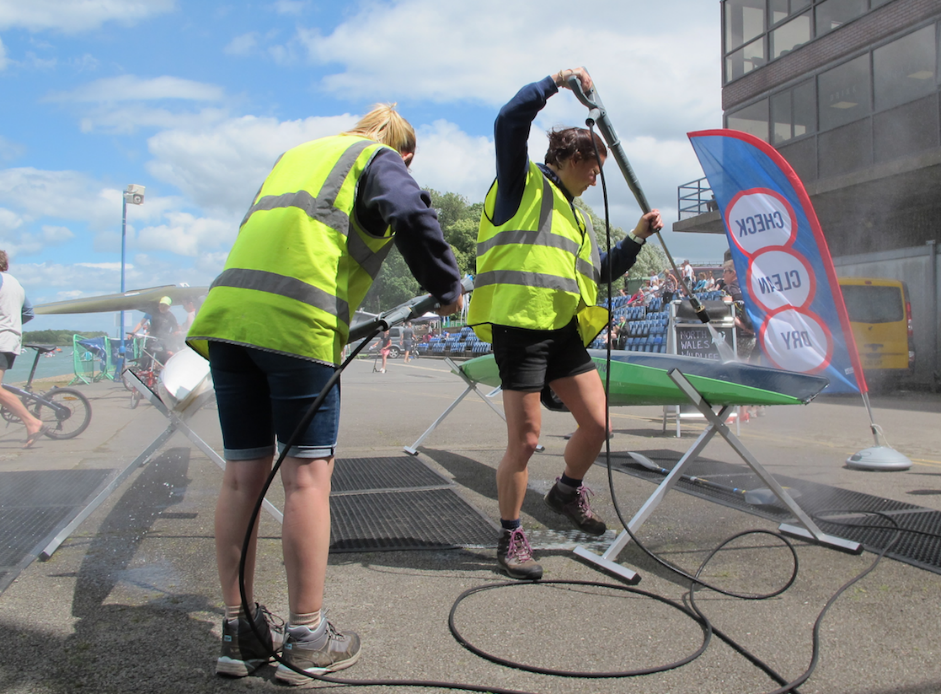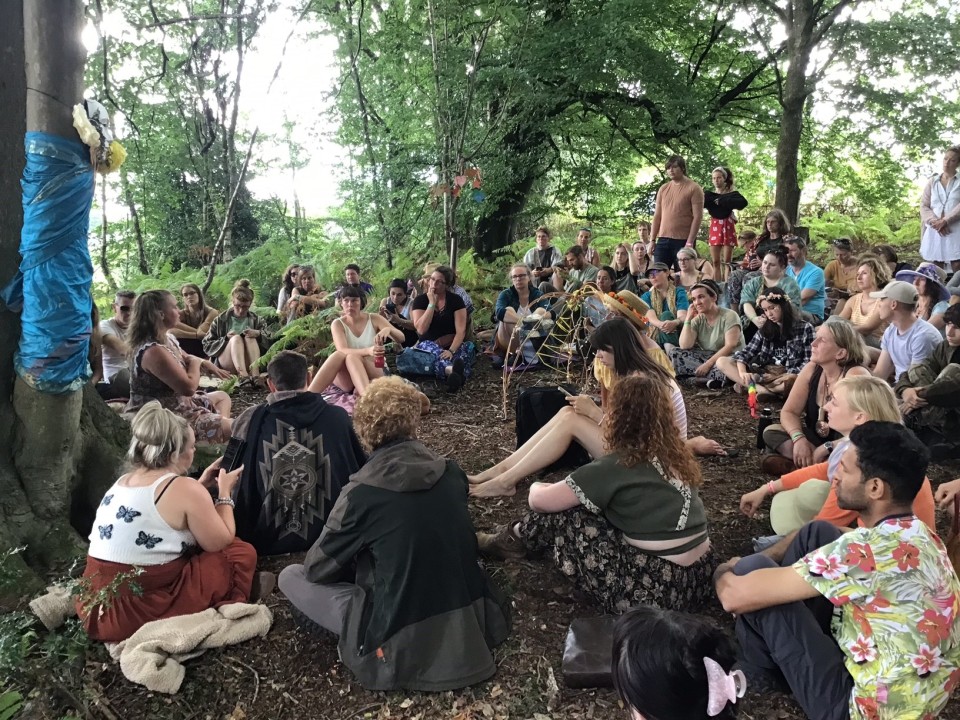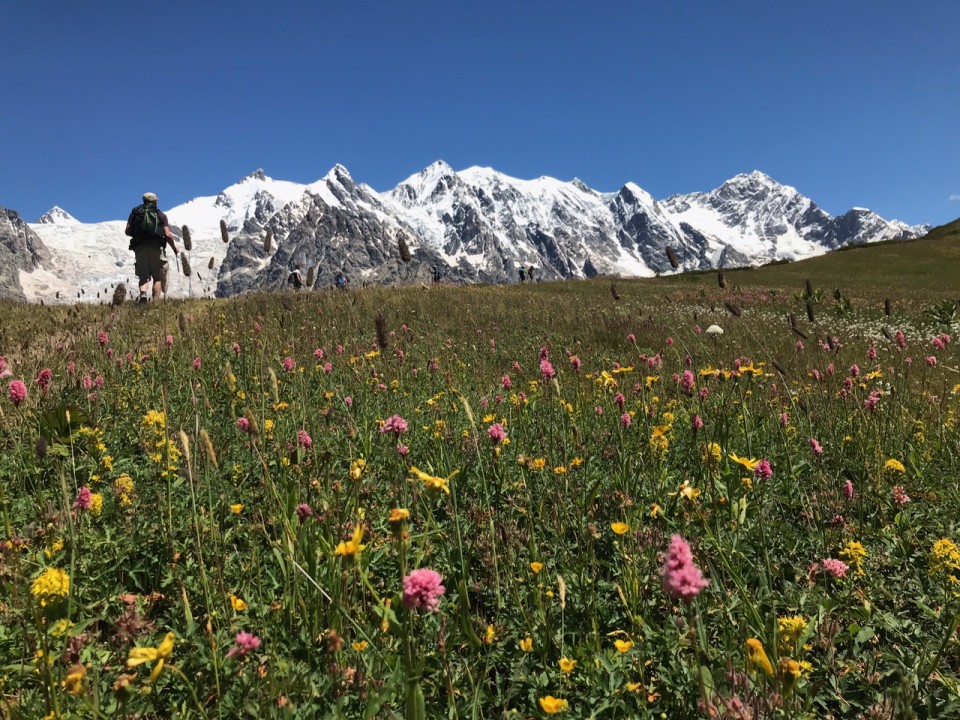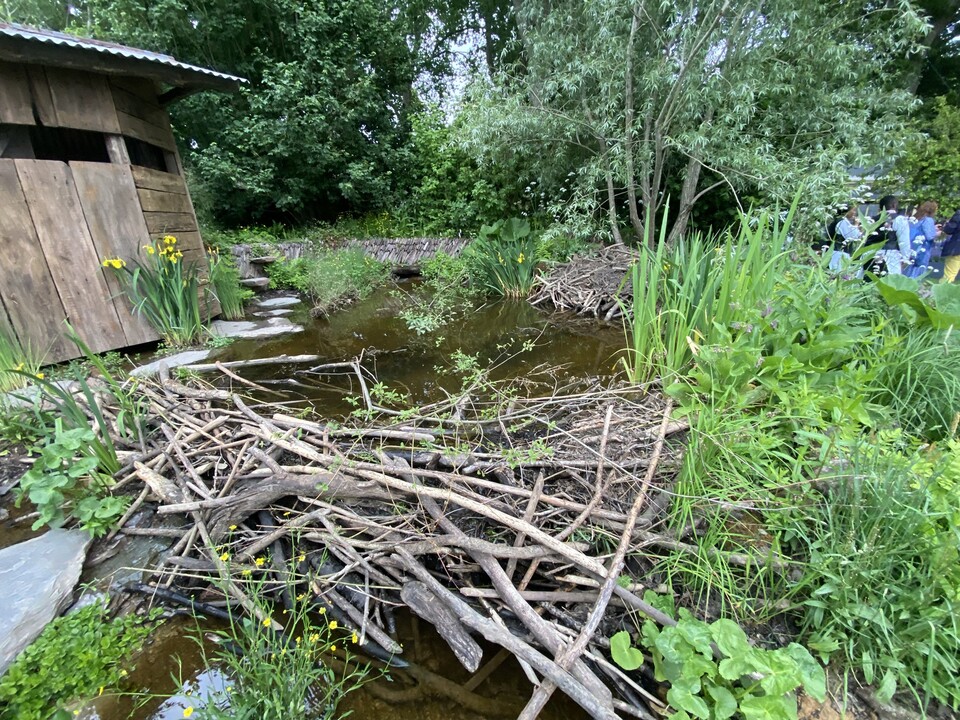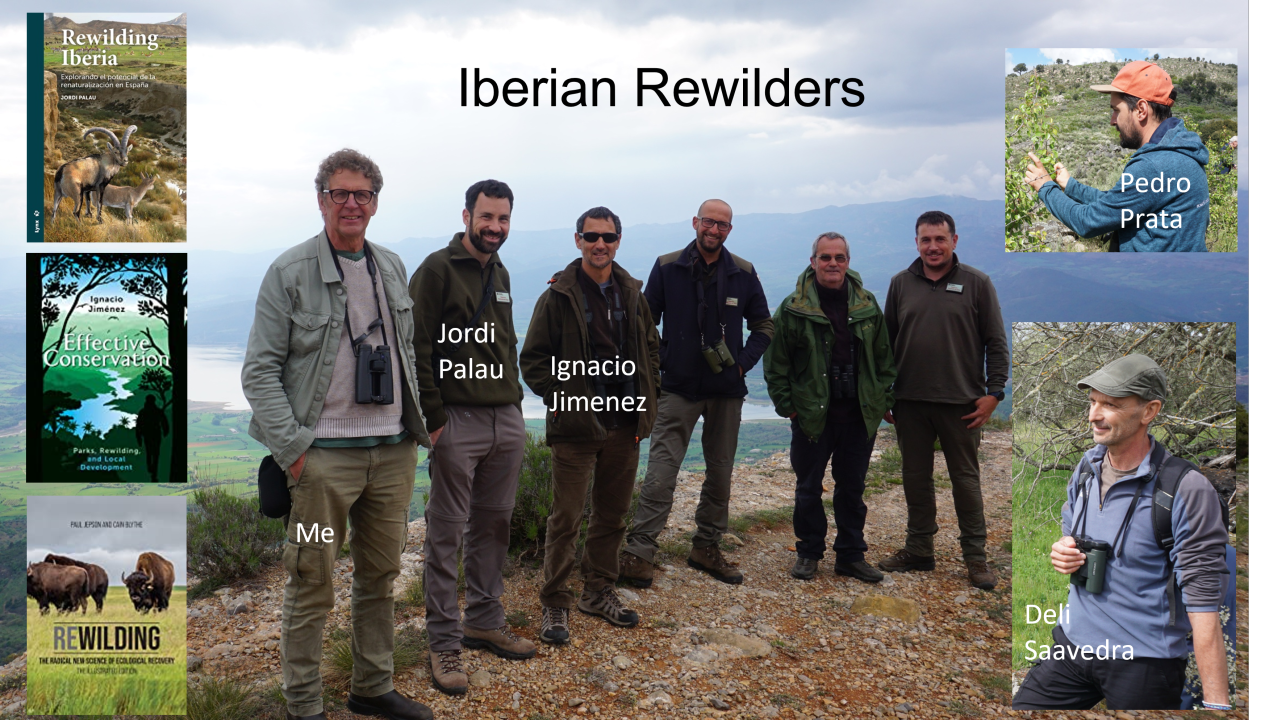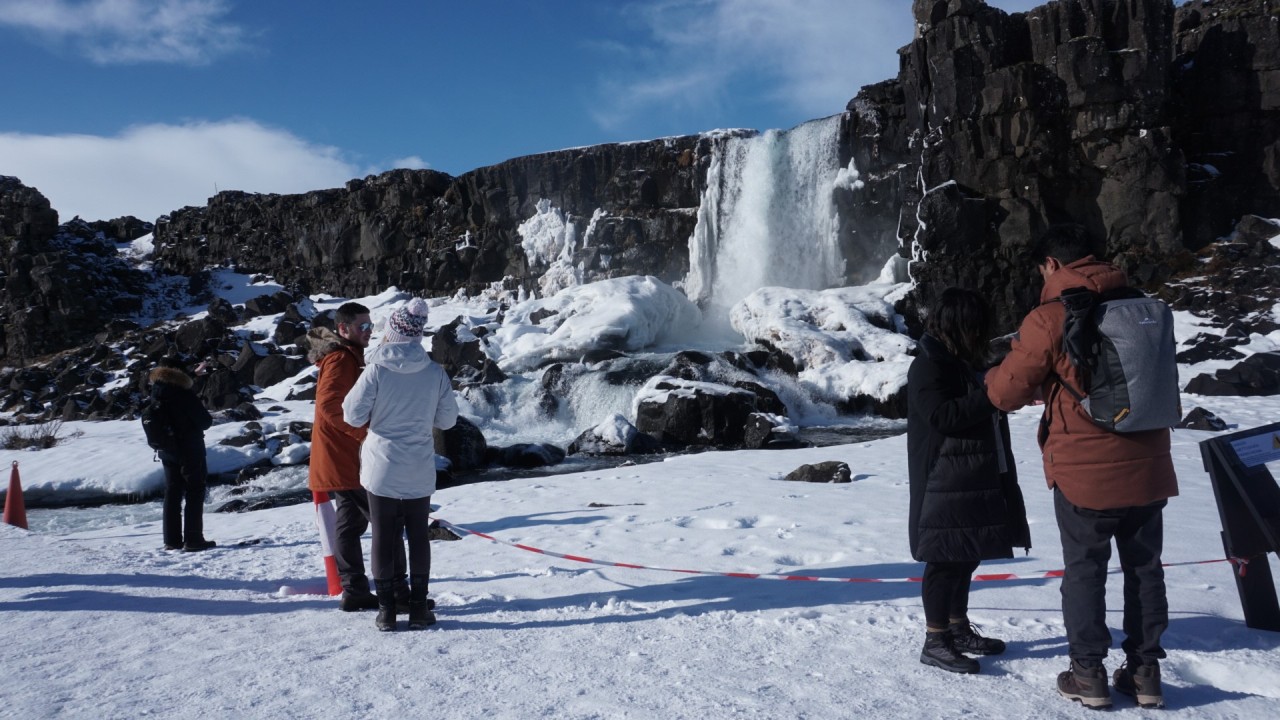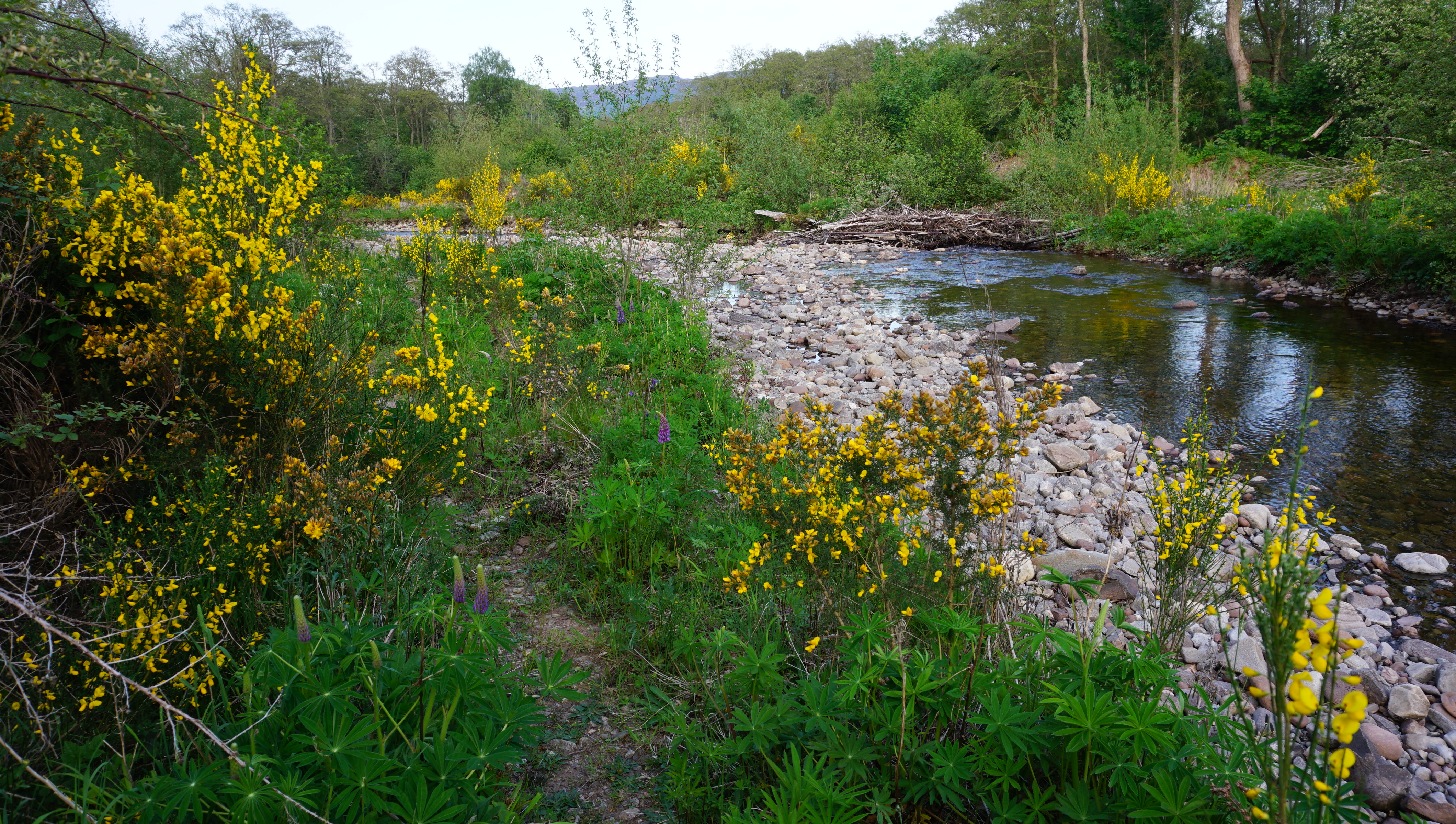This article was first published on the Freshwater Blog on August 16 2019
On a hot Saturday in June I rolled up at the UK’s National Water Sport Centre. The place was abuzz with cars, kayaks, club flags and paddle-carrying athletes chatting bucket starts, heats, duck tape and Nelos. Everyone was readying to race on a highly engineered stretch of freshwater. It looked and felt a world apart from my world of conservation science and policy. Yet walking along with my daughter to get her kayak weighed, I spied a Wildlife Trusts flag and two fellow conservationists raising awareness of biosecurity and invasive species.
Gemma Rose and Helen Carter-Emsell work for North Wales Wildlife Trust, and had made the 120 mile journey to Nottingham to promote good conservation practices among kayakers. Gemma explained that the River Dee, which rises in Snowdonia and flows into the sea near Chester on the Welsh / English border, is rich in native wildlife but also hugely popular with canoeists.
“Invasive species represent a key threat to the Dee river system, and we are worried that people who use rivers for recreational activities such as canoeing have the potential to bring in invasive species and also transport ours to other river systems. The Welsh Government share these concerns and fund the Trust’s ‘Our River Wellbeing Project’ within the Dee catchment,” Gemma said.
The Trust has teamed up with British Canoeing and the GB Non-Native Species Secretariat to raise awareness among canoeists of invasive species and the damage they can do to aquatic systems.
“Fragments of crassula or balsam seeds can get inside the boat and lodge under seats and foot pumps, on paddles, spray decks and clothes,” explained Helen. “We are asking kayakers to check clean and dry their boat and kit after races, so they don’t transfer invasive species from river to river. We want to protect our native species.”

The ‘check, clean and dry’ message emblazoned on the awareness materials was clear and simple, and Gemma and Helen’s dedication to spray washing kayaks provide a practical demonstration of what was needed. However, adopting this practice didn’t seem that straightforward to the kayakers whose ways I had come to know a little in my role as a ‘supportive Dad’.
I wandered back through the throng of competitors and supporters to the Falcon club’s gazebo overlooking the race water. I slumped into a camping chair next to Keith Long, another Dad and a keystone volunteer for the club, and together we worked through what it would take to reduce the risk of canoeists spreading invasive species from river to river.
The first thing to mention is that canoeing is both a sport and a leisure pastime. Many people own their own leisure canoes, but the focus of our discussion was the club and sporting aspect of the hobby. This is organised into three disciplines: sprint, slalom and marathon. The first two are Olympic disciplines and are centred around purpose-built facilities.
Marathon is the popular every-day club sport with regular races organised and hosted by different clubs. Transporting kayaks from river-to-canal-to-river system is part of marathon racing and this is where the greatest risk of transferring invasive species lies.
Parked behind us was the club trailer. Keith told how he can transport 22 kayaks on the trailer and another 4 on his van roof if need be. “At marathon races we are parked up on grass fields. There are a hundred or more boats and no wash down facilities,” Keith pointed out. “People get home from races tired and cold, so they just shove their kayak in the boat shed and take it out for the next training session.”
Working though the practicalities of ‘check, clean and dry’ we agreed that realistically this could only happen back at a club, but this would require a facility to ensure that any washed-off invasive species do not enter the local watercourse. It wasn’t hard to come up with a design – a rectangular trough filled with different grades of gravel, wiring for a couple of spray washers, and fixed boat supports.
Although the costs of installing wash-down facilities wouldn’t be massive it would be beyond the means of most clubs. Controlling invasive species is clearly a public good, and this should be something government agencies should support.

The next challenge would be to get kayakers to adopt the practice of washing down boats and equipment after they have travelled between river systems. We discussed the possibility of juniors doing this as way to build awareness ‘youth-up’ and at the same time install values of volunteering and ‘giving back’ that are so important in club and community life. “Give them the opportunity to use a spray washer!” exclaimed Keith. “They’d love it – under proper supervision of course!”
Responding to an early version of this blog, a colleague from the Environment Agency pointed out that there are battery-powered spray-washers. This opens the possibility of washing down kayaks on riverbanks after racing, which is the ideal from a biosecurity perspective. One option would be for race committees to introduce a biosecurity check after races. Kayakers are required to go through a boat check for buoyancy and numbers ahead of racing so this would represent an extension of current practice. However, host clubs need to mobilise nine to twelve volunteers in shifts to run the pre-race checks. Adding a more time consuming and messy second boat check would likely beyond the volunteer capacity of most clubs.
Equally problematic is the last component of the ‘check, clean, dry’ message. Gemma was keen to stress that leaving boats to dry in UV light for 48 hours was the surest way to kill off hitchhiking non-native species. Unfortunately, most kayakers lack the space and security to leave boats outside and UV light can weaken their construction. I asked Lucy Bagnall from Kirton Kayaks for an expert opinion on this last point. She explained that, “racing kayaks are increasingly constructed from epoxy resins that bind well with carbon fibres but can become unstable when exposed to UV-light. This is why manufacture’s warranties and care guidelines state that boats should not be left in the sun.”
Richard Atkinson, Waterways and Environment Policy Officer with British Canoeing commented, “Invasive species are top of my list of policy priorities. We have just begun our journey of engaging canoers in practice to reduce this. We are still working through practicalities and ways to engage the clubs. Our partnership with the Wildlife Trusts is a great step. As well as kayakers to adopt biosecurity practices we are also mobilising canoers to help in the removal of invasive species such as pennywort and clear up plastic debris.”
Driving home I reflected on the notion of policy engagement and how this needs to be a journey of co-learning where policy professionals move beyond simple awareness messages to actively research and embrace the culture and practices of those whose behaviours they seek to influence. There are several points of alignment between kayaking life and good biosecurity practice. But there are also very real points of divergence. As my daughter noted, “We all know that its best to wash gunk and salt of our boats after races. But when you get off the water exhausted and with numb hands it’s the last thing you want to do!”
The control of invasive species is a public good and this places a responsibility on competent government agencies to provide the resources and finance to work with canoe clubs to co-design a practical approach to aquatic biosecurity.

